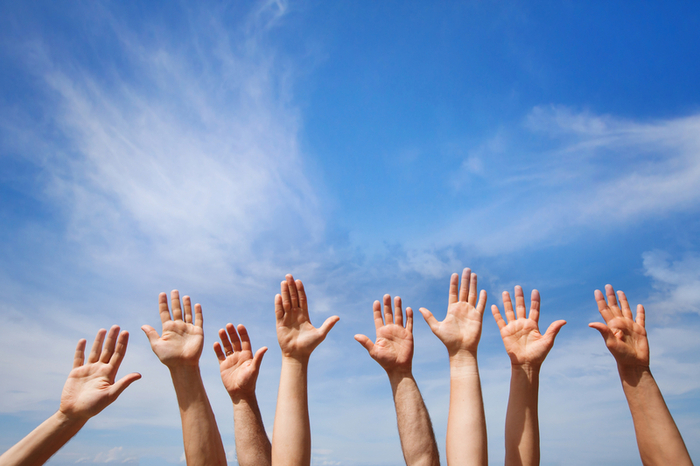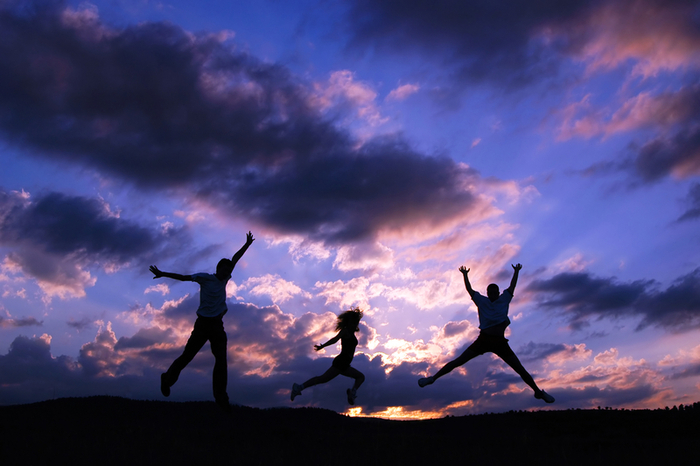- Calls to this hotline are currently being directed to Within Health or Eating Disorder Solutions
- Representatives are standing by 24/7 to help answer your questions
- All calls are confidential and HIPAA compliant
- There is no obligation or cost to call
- Eating Disorder Hope does not receive any commissions or fees dependent upon which provider you select
- Additional treatment providers are located on our directory or samhsa.gov
How Cultural Traditions Can Shape Body Image

How does culture affect beauty standards? The answer is complex, and hinges on any number of factors.
Different groups may revere certain body shapes, sizes, or features, creating an “ideal” body type or look. Advertising often reinforces and perpetuates these expectations. And technology has worked to make what we see even more unattainable and literally unrealistic.
While parsing culture’s influence over us isn’t easy, understanding how it works may help us separate society’s expectations from our own, and hopefully help us speak more kindly to ourselves when we look in the mirror.
Cultural Factors That Influence Body Image
The culture you identify with can have a vast influence on your inner thoughts, feelings, and opinions. This can, in turn, go a long way toward shaping how you feel about your body.
Among the infinite cultural influences on our self-perception and self-esteem, these may be the most impactful.
Media
Media has always had an outsized impact on creating trends and other societal expectations.
Take a look at the people being revered and featured in movies, tv shows, advertisements, and other media you engage with, and ask yourself:
- Do they have any defining features?
- Do they look alike in any way(s)?
- What words would you use to describe them?
- Do they seem similar to the people you see around you?
The suggestions may be subtle or subliminal, but they can make a powerful impact nonetheless. When you’re bombarded with images of people who all look a certain way, it can be easy to internalize those standards, and feel pressure to conform to them.
Community
The community you reside in, identify with, or are most exposed to can also have a large impact on the way you see yourself. A community can be made up of classmates, colleagues, fellow congregants, and neighbors, among others.
While many communities may be similarly influenced by popular media, certain traits, trends, or fashions can also be considered more desirable in different groups.
In our modern age, many sub-cultures have also developed within society at large. People may see themselves as belonging to a certain scene, even if it’s not prominent in their immediate area. But these groups, too, are often defined, in large part, by their aesthetic.
In these cases, you may not be influenced by the people you see as much as the people you identify with.
Ethnicity
Immediate family and ethnic heritage may also play a role in the way we perceive ourselves.
Often, different ethnic groups will have different sets of beauty standards and cultural expectations, which could stem from many years of tradition or other deeply-held beliefs.
Some ethnic groups may also put a higher premium on physical beauty, leading to more comments or heavier criticism from family members.
And research has even indicated that people of different ethnicities experience more pressure to conform from different sources – e.g. white women feeling more pressure from media images, and Black women feeling more pressure from peers. [1]
Is Cultural Influence Permanent?
Influence is an inherently fluid thing, and what has the strongest push or pull over our standards can change as we get older or move to different areas.
This concept was borne out in one study that saw Black women who identify with Black culture initially having a higher appreciation for curvier bodies. However, as they spent more time exposed to Western culture, their concept of the “ideal” body became thinner. [2]
Researchers say the influence of Western culture, and its emphasis on thin female bodies, may also be generally on the rise. [3] One recent study found women from China and Croatia reporting greater body dissatisfaction when primed with Western “thin-ideal” images. Both groups also expressed the desire to be thinner, even beyond the “ideal” weight for women reported by men in the same study. [4]
Of course, people of all cultures, ethnicities, and regions struggle with low self-esteem, and may be influenced by any number of factors that contribute to negative body image, regardless of where those influences originated.
Reducing the Impact of Cultural Influence
Your culture’s expectations of you don’t have to be your destiny.
No matter where you live or who you identify with, it’s possible to resist external cues regarding body shape and size, and learn to embrace your body as it looks right now.
Take a Health-First Approach
Rather than focus on the way you look, pay more attention to the way you feel.
Health is possible at any size, despite what society at large—and diet culture in particular—may preach. In fact, in many cases, mental health is sacrificed entirely in the quest to become an “ideal” physical specimen.
Instead of working toward reaching a certain number on the scale or fitting into certain clothes, you can concentrate on eating and moving in ways that help you feel good.
The philosophy of intuitive eating and the Health at Every Size movement may offer more tools and resources for putting your health first.
Remember Media Is Manipulated
Social media use and screen time in general have been on the rise for years. And when something commands such a large percentage of our focus, it can be easy to lose track of the reality around us.
But the truth is, social media is extremely curated—and, very often, altered.
Influencers, celebrities, and even our friends and family have an array of filters and other photo editing software at their fingertips, and many people deploy them generously. The ability to take infinite pictures can also help people zero in on the exact angle that makes them look “perfect.”
This is true not just of social media, but all media in general. Nearly everything you see in movies, tv, online, and in advertising has been digitally manipulated in some way, to make subjects look as polished as possible.
Find Joy
So much of negative body image—and, indeed, negative thinking in general—is focusing on all the things you don’t have, or can’t do. Rather, when it comes to your body, it’s important to revel in all the things it is and can do.
Your body can dance. It can climb trees and climb stairs. It can stretch. It can hug. It can run or play sports. It can play instruments. It can luxuriate in a pool, or swim in the ocean.
Even something as simple as being able to pick up your child is a blessing not bestowed to all.
Take the time to sit back and really think of everything your body offers, and all the beautiful experiences it provides for you. Truly, owning any body is reason enough to celebrate.
Finding Help for Negative Body Image
Overcoming cultural influences isn’t easy, and for many people, it may be a lifelong quest. But if you feel so pressured to change your body that you eat or behave in unhealthy ways, it’s likely time to get help.
Speaking with a medical professional, including a physician or therapist, can be a great place to start. These experts may be able to help alleviate your anxieties, offer you healthier lifestyle alternatives, or locate programs or centers that can help with more serious concerns.
The most important thing to remember is help is always possible.
References
- How does body image vary across people from different ethnic backgrounds? (2022). United Kingdom Mental Health Foundation. Accessed 5 January, 2023.
- Yam, M. (2013). Does Culture Matter in Body Image? The Effects of Subjective and Contextual Culture on Body Image Among Bicultural Women. Research Gate. Accessed August 2022.
- Bakhshi, S. (2011). Women’s Body Image and the Role of Culture: A Review of the Literature. Europe’s Journal of Psychology, 7(2).
- Stojcic, I., Dong, X., Ren, X. (2020). Body Image and Sociocultural Predictors of Body Image Dissatisfaction in Croatian and Chinese Women. Frontiers in Psychology.
The opinions and views of our guest contributors are shared to provide a broad perspective on eating disorders. These are not necessarily the views of Eating Disorder Hope, but an effort to offer a discussion of various issues by different concerned individuals.
We at Eating Disorder Hope understand that eating disorders result from a combination of environmental and genetic factors. If you or a loved one are suffering from an eating disorder, please know that there is hope for you, and seek immediate professional help.
Reviewed, Updated & Approved on March 7th, 2023, by Jacquelyn Ekern MS, LPC
Published on EatingDisorderHope.com

